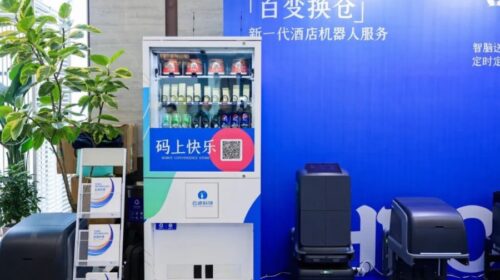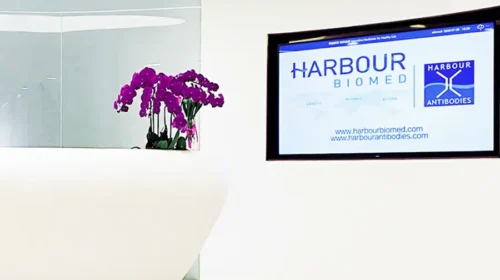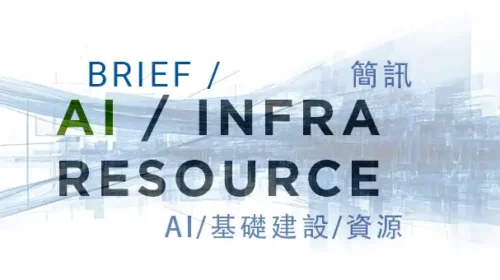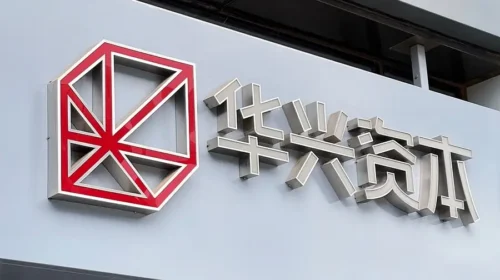Ubtech Robotics set to keep stumbling into the red
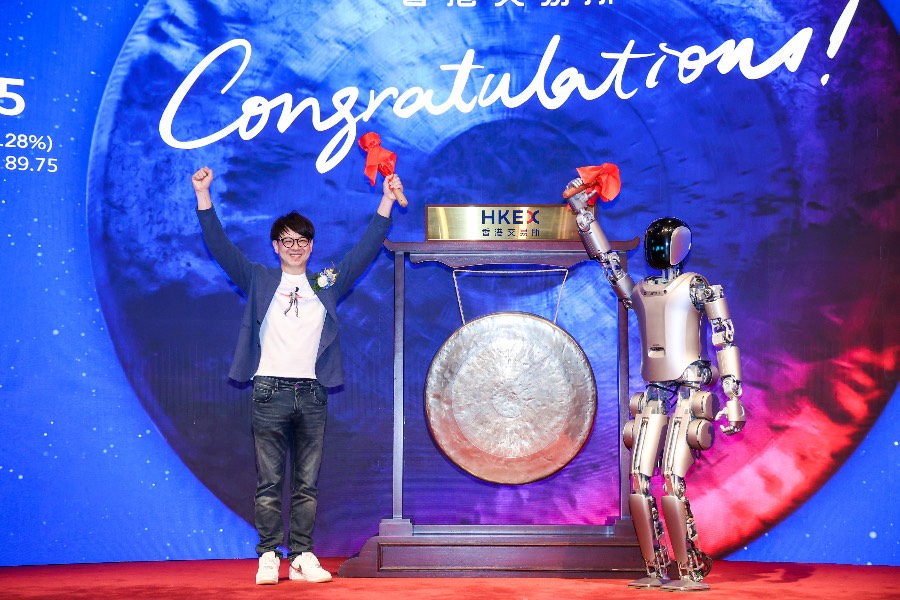
The maker of humanoid and industrial robots faces high production costs and an array of competing machines from big names such as Xiaomi, Tesla, Amazon, and OpenAI
Key Takeaways:
- Ubtech Robotics has predicted fast revenue growth for the first half of the year but is expected to stay mired in losses
- Humanoid robots are expensive to manufacture and operate, leaving surgical systems as the most promising part of the robotics industry for now
By Bai Xinrui
Imagine a future with a fast aging population and a chronic shortage of labor to look after the elderly. One solution to the demographic crunch could be a fusion of AI and humanoid robotics.
Since OpenAI launched ChatGPT at the end of 2022, and Tesla (TSLA.US) stepped into the business of humanoid robots, investors have been keen to place their bets on the next frontier of intelligent automation.
The Hong Kong market lacks AI chip stocks, but the listing of Ubtech Robotics Corp Ltd. (9880.HK) late last year presented investors with an opportunity to own a piece of the up-and-coming android industry.
The company, which makes robots for educational, healthcare and industrial uses, was welcomed onto the stock market last December in a frenzy of optimism about the future of the technology. The stock went on to reach a peak of HK$328, more than three times the prospectus price of HK$90. However, once the fever broke, the stock shed more than half its gains.
The reality is that it takes time and a great deal of money to develop cost-effective robots that are clever enough to take over human tasks.
Nonetheless, Ubtech is making strides. In earnings guidance on July 28 the company flagged up an expected jump in turnover. First-half revenue was predicted to come in at 450 million to 500 million yuan ($62 million to $69 million), a rise of between 72% and 91% from the same period a year earlier, boosted by new products, robotic solutions and demand for educational robots.
In the brief announcement, Ubtech did not provide a forecast for the bottom line, but market watchers expect the robotics maker to remain firmly stuck in the red for at least a few years, despite the rising demand.
Securities company Guotai Junan said the company’s losses would likely narrow from 1.23 billion yuan in 2023 to 1 billion yuan this year, 790 million yuan in 2025, and then 420 million yuan in 2026.
Meanwhile, Ubtech suddenly announced on August 1, less than a year after its IPO, that it had placedan extra 1.42 million new shares at a 16% discount to the prevailing market price. The move, which raised just HK$130 million for operations and development, points to significant financial pressure.
$20 billion up for grabs
In simple terms, robots are programmable machines that can move and perform tasks using data derived from their sensors. They are typically categorized into industrial robots, service robots and special robots. At present, humanoid robots are classed as a type of service robot, aimed at education, training, social care and other commercial settings.
Equipped with increasingly powerful artificial intelligence and upgraded computer chips, smart robots could be on the cusp of a boom, sparking high or even wild hopes of a big payout for investors.
The global market for humanoid robots in the service sector is projected to exceed $2 billion by 2026 and gallop past $20 billion by 2030, according to a research report by Global Information Inc. (GII). As China accounts for one fourth of global demand for humanoid robots, its domestic market could hit the $5 billion mark by 2030.
As a result, the race to develop and deploy humanoid robots is attracting big names. Tesla has showcased its Optimus robot as a helper in the home or as an industrial assistant, while OpenAI announced in February it had struck a deal with the startup Figure AI to enter the humanoid robotics arena. Other rivals include the Asimo robot from Honda (7267.T, HMC.US), CyberOne from Xiaomi(1810.HK) and Digit, a bipedal robot produced in partnership with Amazon (AMZN.US) for use in warehouses. One of the main challengers is Boston Dynamics, which is now a subsidiary of South Korea’s Hyundai Motor (005380.KS).
Fierce competition is not the only challenge. Humanoid robots chew through development cash and keep guzzling resources after that, with high operating costs. To mimic the human body, they require complex engineering with a plethora of moving parts. As the industry remains at an early stage, many of those parts must be customized, meaning companies cannot capture economies of scale. Robotics developers are forced to dig into deep pockets. For example, Xiaomi’s CyberOne costs between 60 million and 70 million yuan to produce, while Tesla Optimus costs about $100,000 and Amazon Digit as much as $250,000.
More cost pressure
Running the machines can also be expensive. Digit, for example, has an hourly operating cost of $10 to $12 with a battery life of 16 hours and a maximum load of 16 kg. With plans for mass production, Amazon is seeking to cut operating costs to $2 to $3 per hour.
Makers of humanoid robots are likely to keep burning through cash for the next two to three years, until the products enter the mainstream. But one part of the global robotics industry is already turning a profit. Intuitive Surgical (ISRG.US) is the world leader in medical robotics, with over 57% of the market. The company has been in the black for the past five years and its profit is expected to rise 18% this year to $2.12 billion, according to Bloomberg data.
China’s surgical robot industry is still in its infancy but MicroPort (0853.HK), a spin-off from MedBot (2252.HK), gained regulatory approval two years ago for a four-armed surgical robot under its Toumai trademark. The company’s Honghu orthopedic robot has also been approved for use in parts of Asia, the Americas, Europe and Oceania, aside from China. MicroPort still made a loss last year, but its revenue jumped to 110 million yuan, putting the company on a potential path to profit in 2026.
Generally, the robotics industry still faces a lot of uncertainty. Given the costs involved, makers of humanoid robots have little chance of pulling themselves out of the red in the short to medium term. The profit prospects are clearer for producers of surgical robots, with fewer competitors and potentially growing needs from an aging society. For investors, medical robots may be the safer bet.
To subscribe to Bamboo Works free weekly newsletter, click here

